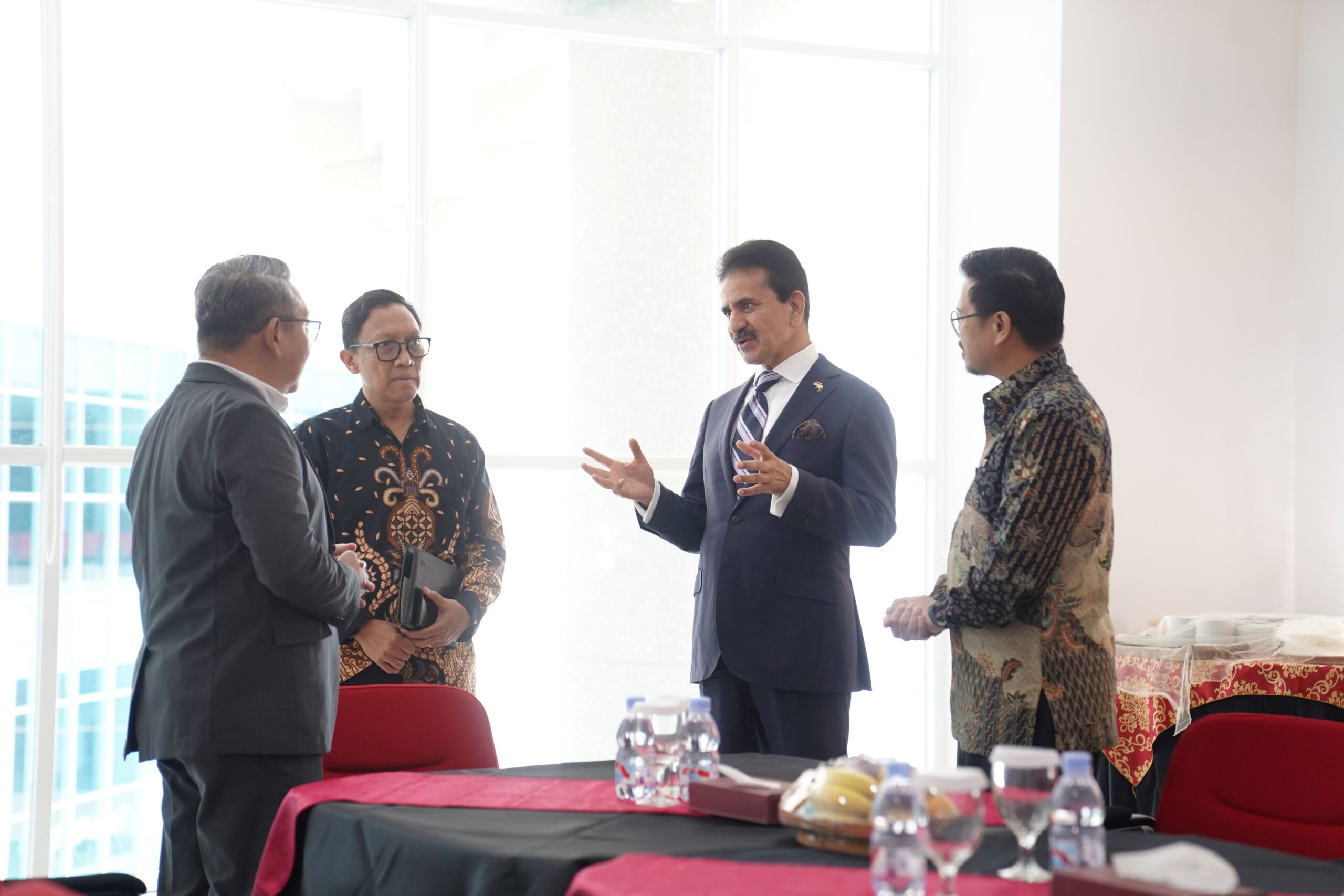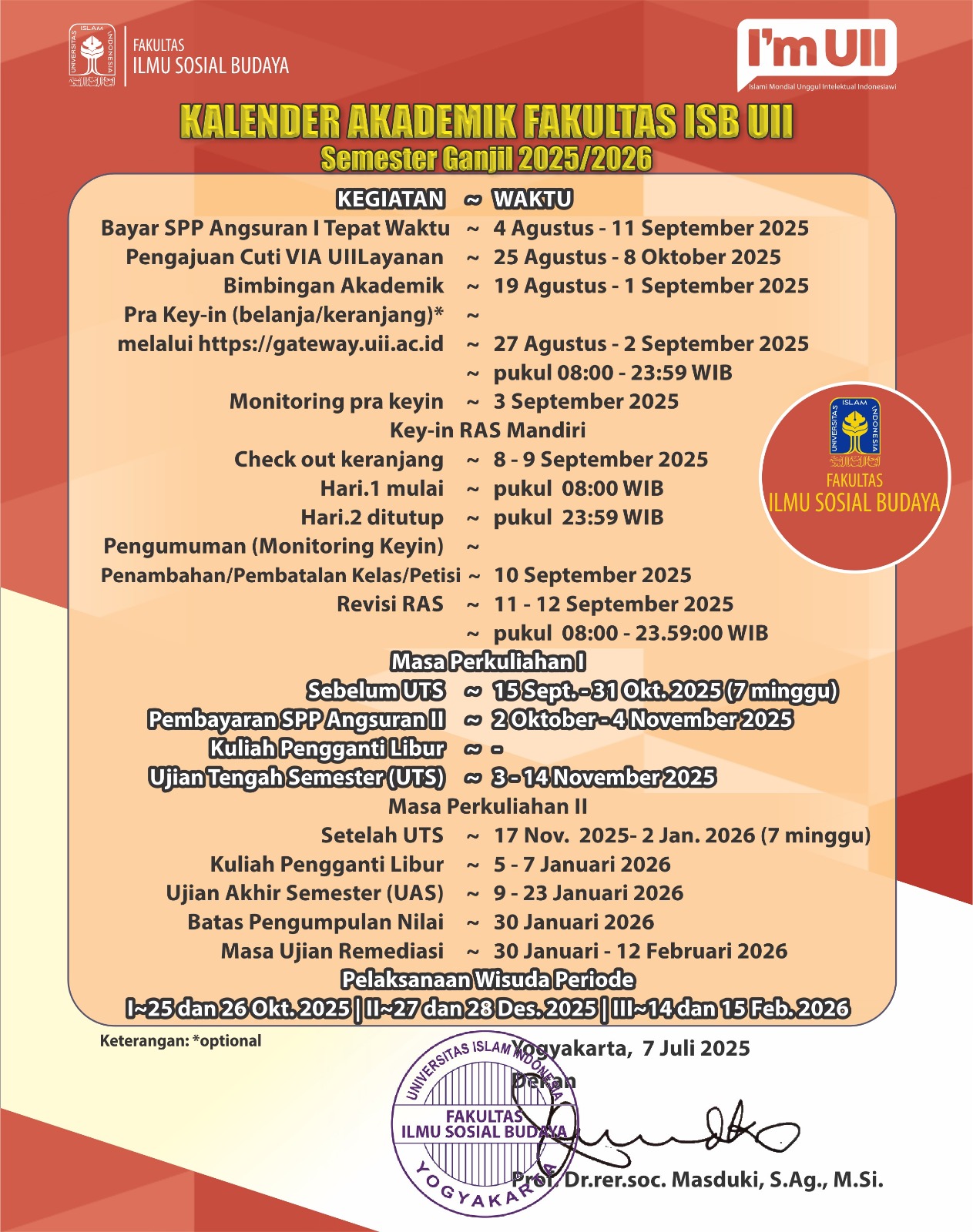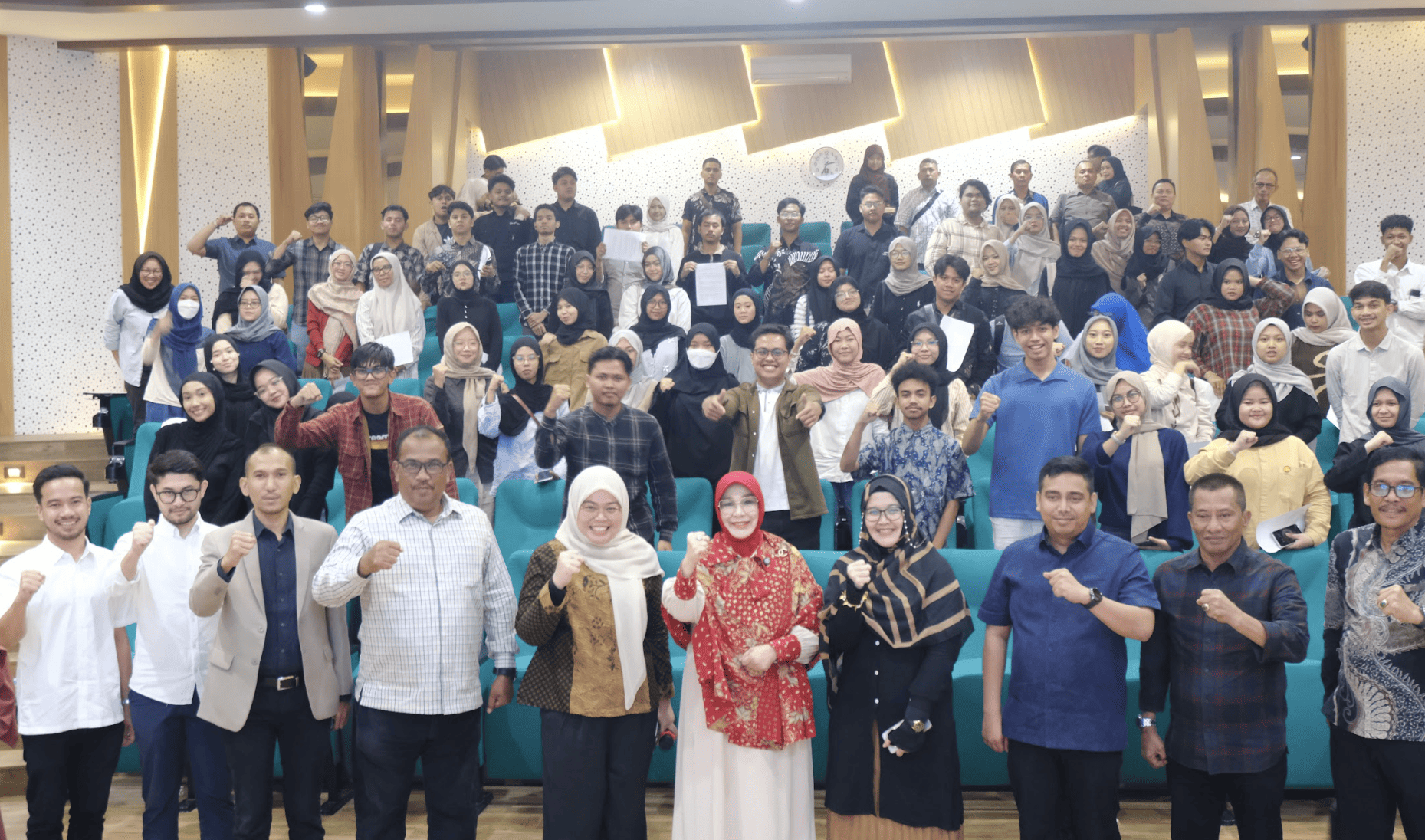Witnessing the History of the Turkish Republic Through the Independence War Museum
Written by Rifah Akmala Dina
The history of the Turkish Republic is a set narrative of nation-building, struggle for sovereignty, identity, and nationalism. It started with the fall of the Ottoman Empire and the rise of the nationalist movement under Mustafa Kemal Ataturk. This movement was pivotal in transforming Turkiye from an empire-based country to a republic country. One significant site that captures the history of Turkiye’s independence is the Turkish Independence War Museum. The museum provides a comprehensive chronology of the Turkish Independence War through its collection of artifacts, oil paintings, photographs, weapons, and personal belongings of Turkish key figures. This museum offers visitors a valuable experience by bringing them into the Independence War era, witnessing the struggle through its collections.
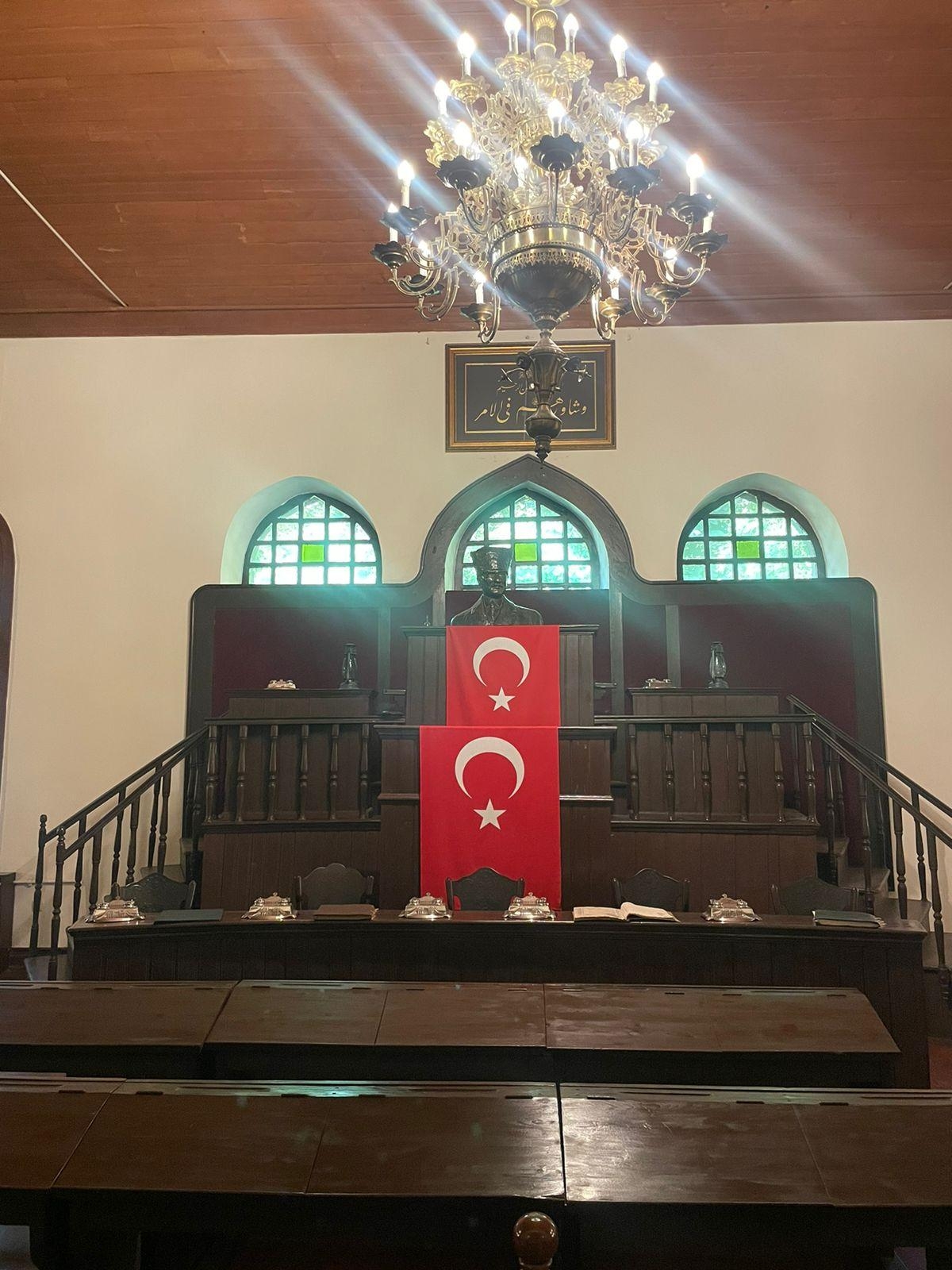
Picture 1. The First Grand Assembly Hall. This hall was used for parliament gatherings during the early republic of Turkiye.
The History of the Turkish Republic
After the Ottoman Empire’s defeat in the First World War, the victorious Allied Powers attempted to divide it, resulting in territorial losses and foreign occupation. On October 30, 1918, The Ottoman Empire and the Allies of World War I signed the Armistice of Mudros, marking the Ottoman Empire’s loss in WWI (Britannica, 2024). The situation worsened when the Ottoman signed the Treaty of Sevres, which imposed harsh terms on Turkiye. In response to foreign occupation, Mustafa Kemal, one of the most successful empire’s officers, began organizing resistance to pursue the war. He then established a new parliament called the Grand National Assembly, which was set up in Ankara (Yapp & Dewdney, 2024).
This resistance group gathered Turkish people and resisted foreign domination through the Turkish War of Independence. The Turkish War of Independence (1919-1923) was a war between Turkiye and the occupying forces of Greece, Armenia, France, the United Kingdom, and Italy. The invaders were successfully expelled on September 18, 1922, and the Ankara-based regime, which proclaimed itself the country’s legitimate government, began formalizing the legal process of transforming the country from the Ottoman to the Republican governmental system. On November 1, 1922, the government officially abolished the sultanate and declared Mustafa Kemal Ataturk its first president (Malcolm Edward Yap et al., 2023).
Nation-building
The War of Independence Museum, known as Kurtuluş Savaşı Müzesi in Turkish, stands as a place to capture crucial moments that shaped the Turkish Republic we are seeing today. The building has a rich history since it first functioned as the Grand National Assembly. The museum exhibits all the original preserved rooms displayed in their original layout. Once visitors enter the museum, they will see the prayer room following the General Assembly Hall. This hall was used for the general assembly meeting, where legislative meetings were conducted, and many decisions and laws were made. Additionally, on the left side of the museum, there are several rooms, such as cabinet room and president’s assembly room. Those rooms also reflect the nation Turkish aimed to build by implementing democracy in the government.
A Struggle for Sovereignty
The left side of the museum mainly exhibits the oil paintings, documents, key figures’ personal belongings, and weapons used to gain Turkiye’s independence. The artifacts and documents vividly depict the struggle of Turkish army against occupying forces to reach a sovereign country free from foreign intervention. One significant exhibit in the museum is the original version of the Misak-ı Millî (National Pact), the six decisions decided by the last term of Ottoman parliament. This document was later used as the basis of the National Grand Assembly of Turkiye in the Lausanne Treaty (Aniarc, 2015). Another interesting collection is the board explaining the treaty of Sevres, which disadvantages Turkiye and Lausanne treaty, discusses Turkiye’s border with neighboring countries and the Ottoman’s debt, marking the sovereignty of the Republic of Turkiye (World History Edu, 2024). The museum clearly chronicles the Turkiye’s process of becoming a recognized sovereign state.
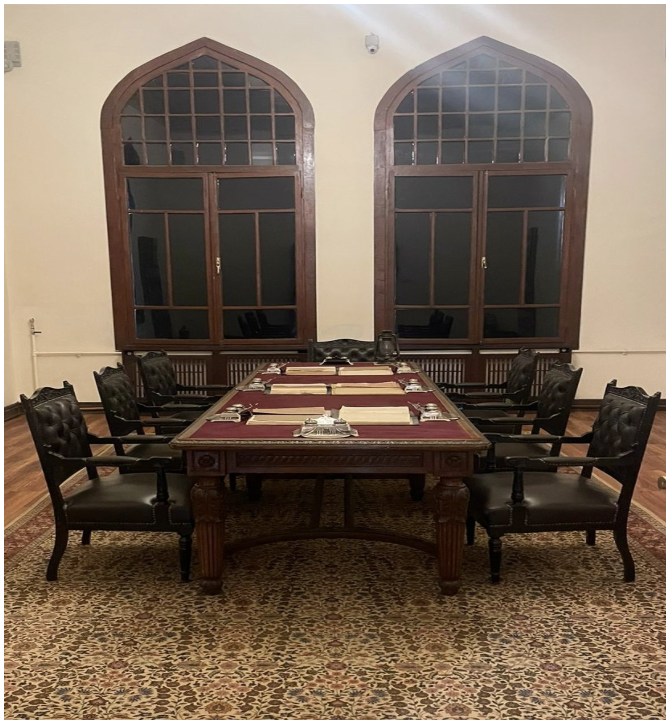 Picture 2: This room was used as the Cabinet Room and Presidential Board Room.
Picture 2: This room was used as the Cabinet Room and Presidential Board Room.
Identity and Nationalism
The narratives in the museum show how identity is crucial in building a country. Turkiye’s effort to create a modern and secular country as its identity is not only domestically significant but also sent an international message about the character of a new republic country. This aligns with constructivism, which emphasizes identity and perception in shaping state relations on the international scale. Furthermore, the museum’s collections demonstrate the emotional and ideological foundations of Turkish nationalism during this challenging period.
Conclusion
The Turkish War of Independence Museum is more than just a historical landmark. It is a living portrayal of Turkiye’s journey of independence and self-determination. The museum offers an unforgettable exploration of the Turkish Republic’s history through the eyes of those who experienced it. The museum provides visitors a thorough history of how Turkey evolved from an empire into a modern republic under Atatürk’s leadership. By conserving this history, the museum ensures that the spirit of that era will continue to inspire future generations.
References
Aniarc. (2015, July 29). National pact (Misak-ı Millî) of the Ottoman Parliament – 28 January, 1920. ANI Armenian Research Center. https://www.aniarc.am/2015/07/29/national-pact-of-the-ottoman-parliament/
Britannica. (2024, December 11). Armistice of Mudros | Ottoman Empire, WWI, Allies. Britannica. Retrieved January 1, 2025, from https://www.britannica.com/event/Armistice-of-Mudros
Malcolm Edward Yap, Shaw, S. J., & Zeidan, A. (2023, August 28). Decline of the Ottoman Empire | Reasons, Collapse, & Maps. Britannica. Retrieved January 1, 2025, from https://www.britannica.com/topic/decline-of-the-Ottoman-Empire-2230672
World History Edu. (2024, December 20). Turkish War of Independence. World History Edu. https://worldhistoryedu.com/turkish-war-of-independence/
Yapp, M. E., & Dewdney, J. C. (2024). History of Turkey – Ottoman Empire, Geography, Culture. Britannica. Retrieved January 1, 2025, from https://www.britannica.com/place/Turkey/History

